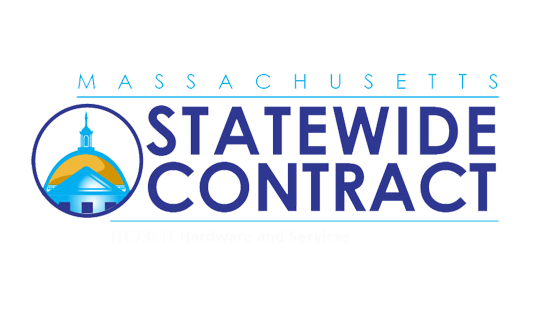BNMC Blog
Tip of the Week: Try These Training Tactics!
Nowadays, efficiency is the name of the game and productivity is almost always in a business’ top priorities. For these goals to be met, your team needs to know what they are doing. This is precisely why it is so important for them to be trained properly. For this week’s tip, we’ll be going over a few training approaches for you to consider adopting as you educate your team.
These methods vary wildly but can effectively be split into a few overarching categories: instruction-based, active training, experience-based, and technological.
Instruction-Based
This is the approach to learning that most are most familiar with, as modern education systems largely rely on it. With the help of visual aids, an instructor presents a lesson to a large group in a classroom setting. Think conferences, seminars, lectures, or presentations, and you’ll have the right idea.
This form of training is very efficient to deliver but can be ineffective for the same reasons that make it so efficient. Due to the size of the group, a lot of people can absorb the lesson at once, but there is the chance that the impersonal nature of such a lesson won’t allow the information to be retained… which means that the person delivering the message has to work to keep the attention of the group.
If the right energy level can be maintained in proportion to the size of the group, this can be an effective way to teach fundamentals.
Active Training
Active training is very similar to instruction-based, with one key difference: active training relies quite a lot more on the participation of the person being trained. As a result, active training sessions may have a loose outline of materials to cover, but the lesson relies on the active (hence the name) participation of the person being trained. Harvard University has conducted studies that have shown that active learning techniques result in greater outcomes despite participants feeling as though more traditional teaching methods worked better.
A few examples of active training scenarios are workshops, where a relative expert guides the class through a topic, and brainstorming sessions, where participants must contribute thoughts and ideas to overcome a challenge.
This version of training can present quite a few benefits, like increased engagement and collaboration between coworkers. However, some people may be reluctant to work in a group, which could potentially limit how effective the lesson really is. Therefore, an instructor’s job also involves monitoring these groups to ensure that everyone is on task and participating.
Experience-Based Training
This approach is basically the practical application of “practice makes perfect,” as learners are exposed to the situation that the training applies to during the training itself. Because they are observing and participating in the process to learn it, this is a very effective way to teach an employee a process they need to follow and develop the skills in context. This approach can often be fast-paced and high pressure, so it often helps to give trainees additional resources to prepare themselves beforehand.
This kind of training can happen through simulated scenarios and role-playing but is most seen in someone shadowing an assigned mentor.
Mentorship has often been perceived as more effective amongst existing employees who will soon be elevated to a leadership position, while on-the-job training is most effective with new hires. As a result, different kinds of experiential training could – and perhaps should – be employed at different levels within your organization.
Technological Training
Of course, we must discuss how technology provides opportunities to train your employees, and how its benefits (like accessibility, efficiency, and progress tracking) can make the entire process simpler for you to manage. The key ingredient that technological training offers is the empowerment it provides to the person being trained. Your employees aren’t forced to learn at a particular pace, or during a certain time. The self-regulation that eLearning, gamification, recorded webinars, and other similar solutions allow for puts a level of responsibility on the employee that helps them get the most out of a lesson.
Technology can also be used to train your employees in a more time-bound manner, as well. Small groups of employees can be created so that these employees can connect and learn alongside each other. In this way, many technological training approaches simply combine all the major benefits of the other approaches and heighten their accessibility.
So, which approach is right for you?
Why pick? With help from BNMC, it is simple to utilize any and all of these training methods to improve your employees’ capabilities. For more information about the solutions we offer to help elevate your educational efforts, reach out to us at (978) 482-2020.




Comments